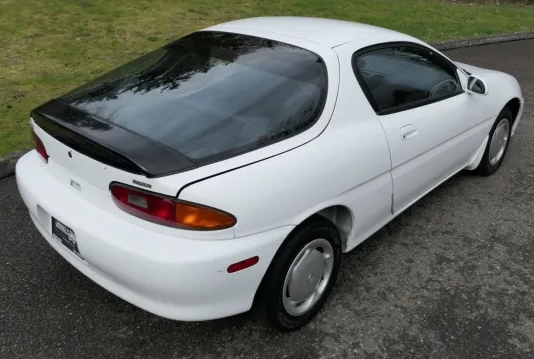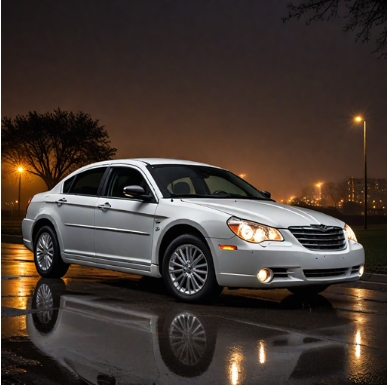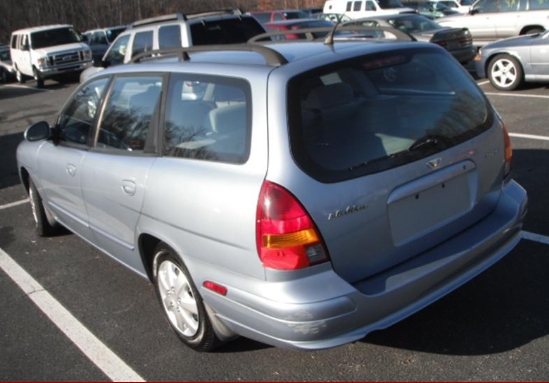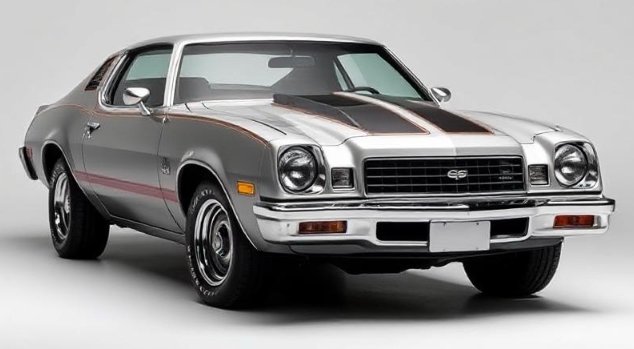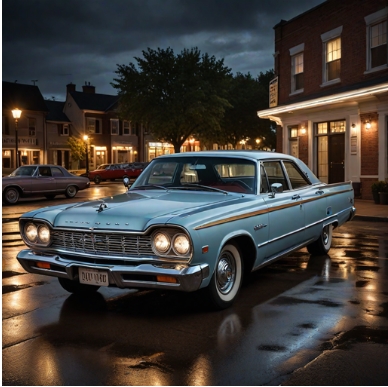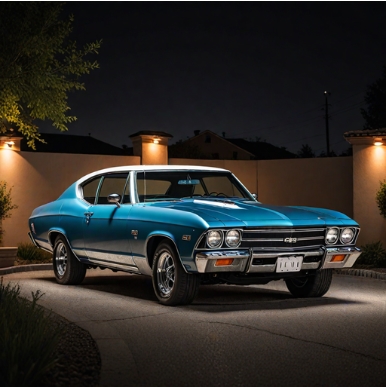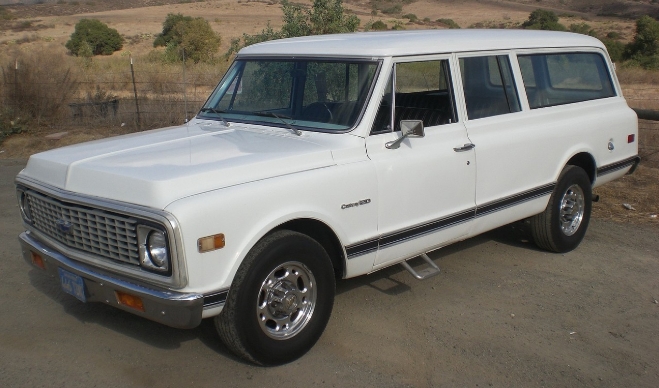The Evolution of the Mazda MX-3 and Mazda MX-6: An In-Depth Overview
Mazda, a Japanese automaker renowned for its innovative engineering and sporty vehicles, introduced the MX-3 and MX-6 models as part of its efforts to compete in the sporty coupe and compact segments during the 1990s and early 2000s. These models showcased Mazda’s commitment to sporty design, engaging driving dynamics, and versatile options for enthusiasts and everyday drivers alike. This article traces the comprehensive evolution of the Mazda MX-3 and MX-6, detailing their production years, model variants, and trim levels.
The Mazda MX-3: Origins and Evolution (1992–1998)
Introduction and Context
Launched in 1992, the Mazda MX-3 was a compact, sporty hatchback and coupe designed to compete in the burgeoning subcompact sports segment. It was built on Mazda’s E-Series platform, shared with other models like the Mazda Familia/323. The MX-3 emphasized lightweight construction, sporty handling, and distinctive styling, appealing to younger drivers and those seeking an engaging driving experience.
Production Timeline
- Production Years: 1992 – 1998
- Manufacturing Locations: Japan, with some markets receiving assembled units from Japan or shipped as kits.
Model Variants and Trim Levels
The Mazda MX-3 was available primarily in two body styles:
- Hatchback (3-door)
- Coupe (2-door)
Throughout its production, the MX-3 was offered in various trims, often differentiated by engine options, equipment levels, and special editions.
First Generation Mazda MX-3 (1992–1998)
Model Years and Key Features
1992–1996 (First Generation)
The initial MX-3 lineup featured a range of engines, from naturally aspirated to turbocharged options, tailored to different markets. The focus was on sporty handling, lightweight construction, and distinctive styling.
Engine Options
- 1.6L B6 (16-valve SOHC) – Base engine offering modest power.
- 1.8L B8 (16-valve SOHC) – Slightly larger engine for improved performance.
- 1.8L BP (16-valve DOHC) – Higher-performance variant with more power.
- 1.8L BP Turbo (Turbocharged) – Top-tier engine providing significant boost in performance.
- 2.0L K8 (V6) (limited markets) – Offered in some markets, like Japan.
Trim Levels
In various markets, the MX-3 was offered with different designations, but common trims included:
- MX-3 GS – Base trim with standard features.
- MX-3 LS – Upgraded trim with additional equipment.
- MX-3 Turbo – Featuring the turbocharged engine, often with sportier styling and enhanced suspension.
- Special Editions – Including sportier or luxury-oriented packages, such as the “V6” editions in Japan.
Notable Features
- Front-wheel drive layout.
- Sporty suspension tuned for agility.
- Distinctive styling with rounded, aerodynamic shapes.
- Interior options with manual or automatic transmissions.
Noteworthy Models and Variants
- Mazda MX-3 1.8 V6 (Japan) – Introduced in the mid-1990s, featuring a 2.0L V6 engine, offering a more refined driving experience.
- MX-3 Turbo – Available in select markets, with a turbocharged B6 or BP engine, emphasizing sporty performance.
End of Production
The MX-3 was discontinued in 1998, as Mazda shifted focus to other models and market demands evolved.
The Mazda MX-6: The Larger Sporty Coupe (1987–1997)
Introduction and Market Positioning
The Mazda MX-6 was introduced in 1987 as a successor to the Mazda 626 coupe, targeting the sporty coupe segment with a focus on style, performance, and comfort. Positioned above the Mazda Probe in some markets, the MX-6 offered a more refined and sport-oriented alternative to traditional sedans.
Production Timeline
- Production Years: 1987 – 1997
- Manufacturing Locations: Japan and the United States (for North American models)
Generations and Key Changes
The MX-6 underwent two primary generations during its lifespan:
- First Generation: 1987–1992
- Second Generation: 1992–1997
First Generation Mazda MX-6 (1987–1992)
Overview
The first-generation MX-6 was based on the Mazda 626 platform, sharing chassis and mechanical components but distinguished by its sporty styling and performance options.
Trim Levels and Variants
- MX-6 DX – Base model, features included manual windows and minimal equipment.
- MX-6 LX – Upgraded trim with power features, better interior appointments.
- MX-6 GT – Sportier variant with a more powerful engine and sport-tuned suspension.
- MX-6 Turbo – Equipped with a turbocharged engine, available in select markets.
Powertrain Options
- 2.0L I4 (FS series engines) – Standard engine in base models.
- 2.2L I4 (BP series) – Upgraded engine in higher trims.
- 2.2L Turbo I4 – Turbocharged variant, delivering higher performance.
- 3.0L V6 (AJ series) – Available in later years, offering a more powerful option.
Features
- Front-wheel drive layout.
- Sport-tuned suspension.
- Manual and automatic transmissions.
- Options for sporty styling packages, including sport seats and unique alloy wheels.
Second Generation Mazda MX-6 (1992–1997)
Overview
The second-generation MX-6 was a complete redesign, emphasizing aerodynamics, style, and performance. It was built on the new GE platform and offered more refined handling and comfort.
Trim Levels and Variants
- MX-6 DX – Entry-level, basic features.
- MX-6 LS – Mid-range with added luxury features.
- MX-6 GT – Sporty trim with performance enhancements.
- MX-6 P (Performance Package) – Available in some markets, with upgraded suspension and performance features.
- Turbo Models – Featuring turbocharged engines, primarily in North America and Japan.
Powertrain Options
- 2.5L V6 (F8 series) – Standard in GT and higher trims, producing ample power.
- 2.0L I4 – Available in base models.
- 2.0L Turbo I4 – Turbocharged variants for sporty driving.
- Optional Manual Transmissions – 5-speed manuals were offered on certain trims.
Notable Features
- Refined aerodynamics and styling.
- Improved interior quality and comfort.
- Enhanced safety features.
- Availability of optional leather seats, premium audio, and sunroof.
Special Editions and Performance Variants
- Mazda MX-6 2.5 V6 – The most popular engine, combining performance with reliability.
- Mazda MX-6 Turbo – Offered in select markets, especially in North America and Japan.
- MX-6 P – Performance-oriented models with sport suspension, larger wheels, and sport seats.
.
RepairSurge Online Repair Manuals Replace Bulky Books With Reliable Digital Information!
Faster And Cheaper Than Traditional Printed Manuals, Users Get Instant Access To The Repair Information They Need For Any Car, Truck, Van or SUV:
.
The Decline and Discontinuation
By the late 1990s, Mazda’s focus shifted, and the MX-6 was phased out globally by 1997–1998. The rise of SUVs and changing market preferences contributed to its decline. Nonetheless, the MX-6 remains a nostalgic favorite among enthusiasts for its sporty design and driving experience.
Summary of Production and Model Details
| Model | Years Produced | Notable Engines | Key Trim Levels/Variants | Markets |
|---|---|---|---|---|
| Mazda MX-3 | 1992–1998 | 1.6L B6, 1.8L B8, 1.8L BP, 1.8L BP Turbo, 2.0L V6 | GS, LS, Turbo, Special Editions | Global, especially Japan & US |
| Mazda MX-6 | 1987–1997 | 2.0L I4, 2.2L I4, 2.2L Turbo I4, 3.0L V6 | DX, LX, GT, P, Turbo | North America, Japan, others |
Legacy and Cultural Impact
The Mazda MX-3 and MX-6 are emblematic of Mazda’s 1990s emphasis on sporty, stylish, and fun-to-drive vehicles. The MX-3, with its compact size and turbocharged options, appealed to younger drivers seeking agility. The MX-6, with its larger size, V6 engine options, and refined styling, attracted enthusiasts who wanted a sporty coupe with daily usability.
Both models are now considered classics, appreciated for their distinctive styling, engaging handling, and the driver-focused ethos Mazda embodied during that era. Today, they remain popular choices among car collectors and tuners, embodying the spirit of Japanese sporty coupes of the 1990s.
Conclusion
The Mazda MX-3 and MX-6 represent significant chapters in Mazda’s history of sporty vehicles. From the compact, turbocharged MX-3 hatchback and coupe to the larger, V6-powered MX-6 coupe, these models demonstrated Mazda’s engineering prowess and commitment to engaging driving experiences. Their production spanned over a decade, and their influence persists in Mazda’s modern lineup, which continues to emphasize driving enjoyment and innovative design.
